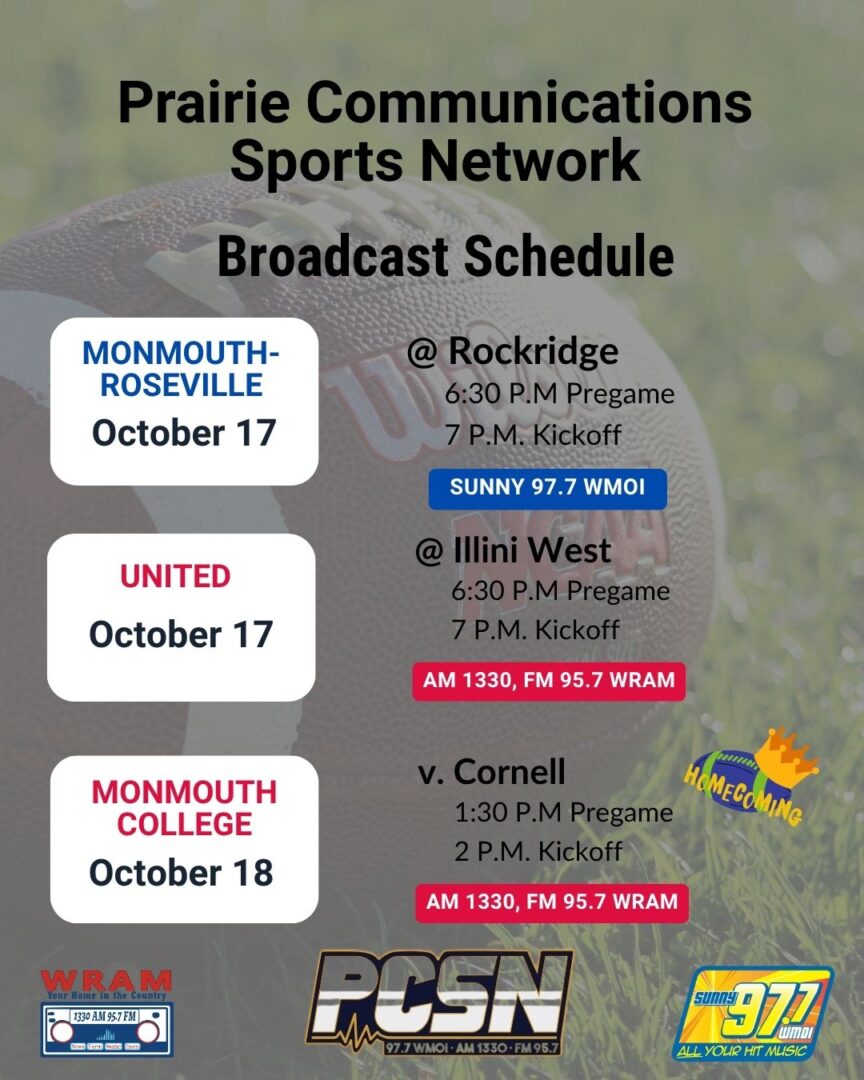by Thomas Best
Biographer, social activist, poet, journalist, orator, folk singer, novelist, film critic, Lincoln historian, and children’s author. All of these wide-ranging descriptions fit one of the more unique and prolific writers of the 20th century—Carl Sandburg of Galesburg. In John W. Quinley’s new biography: “Discovering Carl Sandburg: The Eclectic Life of an American Icon,” the reading public now has a brief but very instructive study of one of the talented and intriguing men ever write, speak, or express his ideas through music.
I bought this biography in part because the forward was written by a dear and recently departed friend, Mike Hobbs, a dedicated board member of the Carl Sandburg Historic Home Site Association in Galesburg. As Mike’s historical interest was centered on preserving the eclectic or “many sided” background of Sandburg’s life, you can see why Quinley chose him to write the introduction.
Quinley addresses many aspects of Sandburg’s life in this quick read that runs less than 150 pages. In his brevity, he still finds the right biographical information and a turn of the proper phrase to illustrate many aspects of Sandburg’s life.
Today, I want to address information from the first half of his book—dealing mainly with Sandburg’s childhood and early adult life. Here, you are introduced to the youthful working-class Sandburg who was part of a group of boys he called the “Dirty Dozen.” They loved playing baseball, playing music, and going to the courthouse to listen in on trials. Sandburg described these youthful days in his delightful autobiography “Always the Young Strangers.” Next, by age 19, Sandburg ventured out of Galesburg as a vagabond wanting to see America for himself. As he wrote: “Now I would take to the Road, see rivers and mountains, every day meeting strangers to whom I was one more stranger. My family didn’t like the idea. Papa scowled. Mamma kissed me and her eyes had tears after dinner . . .” Sandburg wandered through Iowa, Nebraska, Colorado, Kansas, and Missouri. Along the way the harvested hay, worked on a railroad gang, and chopped wood to make enough money. He stayed in flop houses, barn lofts, and hobo jungles. As Sandburg later mused: I was meeting fellow travelers and fellow Americans. What they were doing to my heart and mind, my personality, I could not say then nor later and be certain. I was getting a deeper self-respect than I had had in Galesburg . . . I was getting to be a better story teller.”
Quinley’s biography of these early years is captivating and illustrates why Sandburg went on to write poetry with lines such as “I shall foot it; Down the roadway in the dusk, Where the shapes of hunger wander and the fugitives of pain go by.” You can feel the warm sun as Sandburg walked down dusty roads looking at folks who had many stories—both good and bad—to tell.
Next week, I will continue this look at a fresh and fascinating biography of Carl Sandburg.
Thanks for listening.













